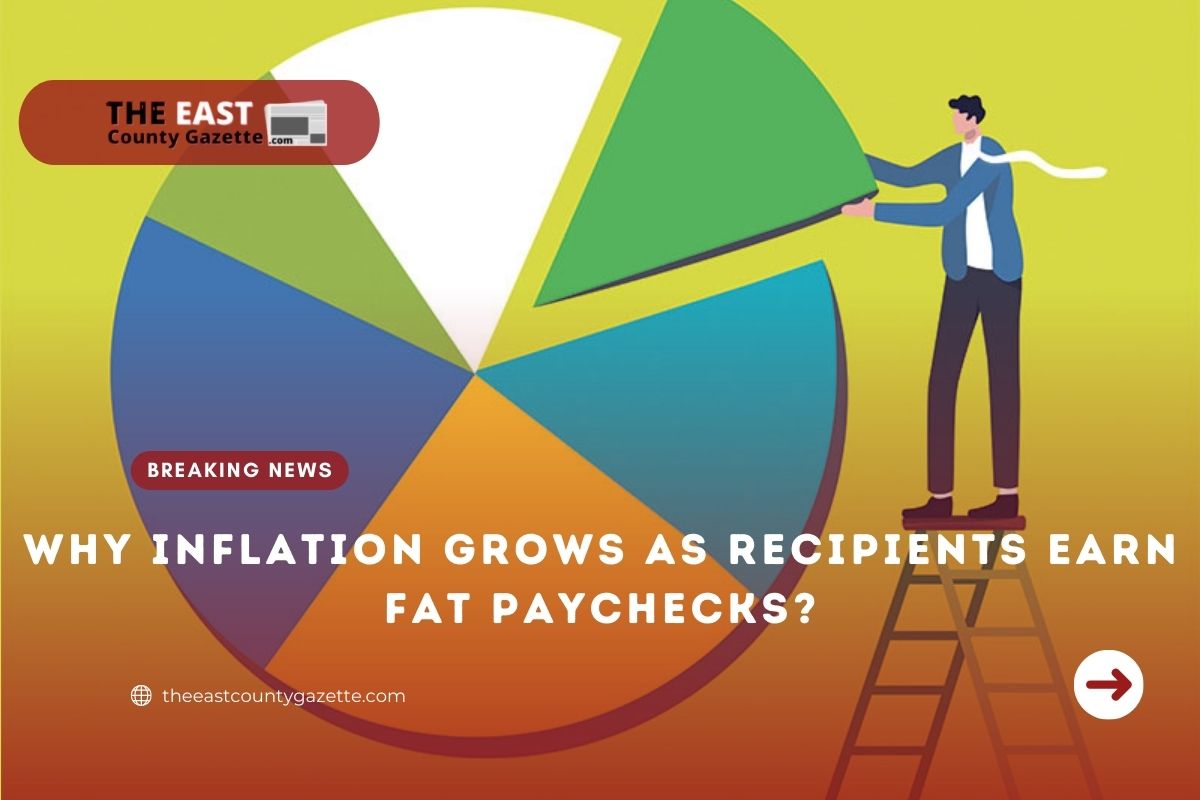Recently, the MSNBC anchor, Stephanie Ruhle, ended up being part of a Twiter firestorm group by attempting to explain that higher wages are contributing to the inflationary crisis plaguing the United States, saying “higher wages are one of the contributing factors to inflation.”
In regards to her professional background as an ex-banker and her status as a relatively well-paid journalist, Ruthle’s comment received plenty of sneering on the site.
Nonetheless, Ruhle had a valid point. Here is why.
In a society where polarization and rising inequality have taken hold, we need to state that outright. Inflation is being driven up by wages, but discussions of this have become extremely difficult. In attempting to make the argument, it sometimes gets subsumed under the facile accusation that one disdains the working class. Meanwhile, social media and opinionated television usually obscure the finer points with sound bites.
Read More: Upcoming Tax Increase Would Make It Harder for Middle Class to Survive
All things considered, the high prices we are experiencing today are, are primarily, a result of unusually high demand during the COVID period, fueled by massive intervention by Uncle Sam and the Federal Reserve. Two Obama-era officials have recently made that point, namely, Steve Rattner and Larry Summers.
For those who do not know, a staggering 70% of gross domestic product is made up of consumer spending, as well as all conspicuous consumption.
This is because wages grew substantially as a result of the pandemic after a prolonged period of stagnation. Employers are more likely than not to hike pay even further because of the shortage of workers and historically high levels of job turnover. This seems to be a positive development anyways.
The fact of behavioral economics is that people will spend more when they have more money. Moreso, a large number of studies suggest that people who spend freely load up on revolving credit.
The result is a stimulus that creates a demand in a consumer-driven economy – fueling the inflationary predicament was described by Rattner as “too much money chasing too few goods.”
The idea of making more money for the middle and working classes is rightly applauded by most rational people. But (long overdue) wage hikes are driving up demand and prices at the same time, which in turn is causing shortages everywhere.
Wall Street watcher Peter Boockvar noted this week that two consecutive months of wage growth over 4% from the Atlanta Fed’s wage growth tracker “are the highest…since 2008 and in Q1 this year it averaged 3.4% and in Q2 it was 3.1%.”
Boockvar also highlighted a report by the National Federation of Independent Businesses that reported compensation jumped for the first time in nearly 40 years. A net 44% of respondents to NFIB’s survey said they had increased wages, and 32% planned to do so in the coming months.
“The trend is clear with wages and worker leverage,” the analyst said.
Read More: Tax Credit Proposed to Help Residents from Inflation!
The combination of these factors led to what Tom Tzitzouris, Strategas’ head of fixed income research, called a “wage-price spiral” that increased supply and labor backlogs.
“That tells us that people who work for a living — high income or low income — believe they have pricing power. And once they believe that, then inflation has real legs,” the analyst warned.
“It doesn’t mean that we are going to see an acceleration in inflation, it just means that this inflation is going to be sticky — potentially 3%+ [in headline consumer prices] for the next decade or at least for the remainder of this business cycle,” Tzitzouris continued.
“As long as wages are rising towards where inflation is, that tells us that the wage-price spiral is still in effect,” he said.

